Home>Gardening & Outdoor>Landscaping Ideas>What Is The Best Grass For Lawns
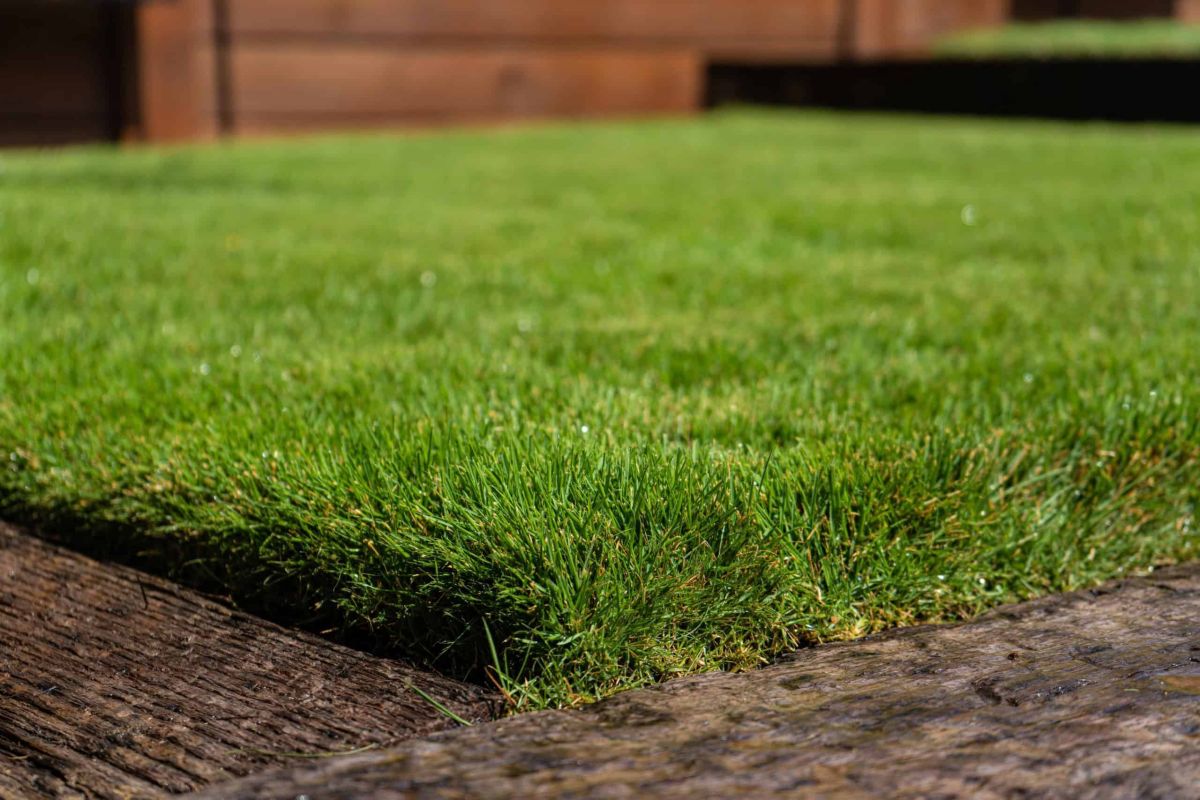

Landscaping Ideas
What Is The Best Grass For Lawns
Published: December 25, 2023
Looking for the best grass for your lawn? Explore landscaping ideas and find the perfect grass type to create a lush and vibrant outdoor space.
(Many of the links in this article redirect to a specific reviewed product. Your purchase of these products through affiliate links helps to generate commission for Storables.com, at no extra cost. Learn more)
Introduction
Creating a lush, vibrant lawn is a dream for many homeowners. A well-maintained lawn not only enhances the aesthetic appeal of a property but also provides a welcoming outdoor space for relaxation and recreation. However, achieving the perfect lawn requires careful consideration of various factors, including the type of grass best suited for your specific location and climate. In this comprehensive guide, we will explore the key elements to consider when selecting grass for your lawn, delve into the different types of grass available, and discuss best practices for growing and maintaining a healthy, resilient lawn.
Choosing the right grass for your lawn is a crucial decision that can significantly impact the overall appearance and resilience of your outdoor space. By understanding the unique characteristics of different grass species and considering essential factors such as climate, soil type, and maintenance requirements, you can make an informed choice that will set the foundation for a thriving, picturesque lawn.
Key Takeaways:
- Choose the right grass for your lawn by considering climate, soil type, and maintenance needs. This sets the stage for a thriving, visually appealing lawn that complements your outdoor space.
- Follow best practices like proper seeding, watering, and maintenance to nurture a healthy, resilient lawn. By staying attuned to your grass species’ unique requirements, you can create a lush, inviting outdoor space for relaxation and recreation.
Read more: What Is The Best Lawn Grass
Factors to Consider When Choosing Grass for Lawns
When selecting the best grass for your lawn, several important factors should be taken into account to ensure the long-term success and health of your outdoor space. Understanding and evaluating these factors will help you make an informed decision that aligns with the specific conditions of your property. Here are the key considerations to keep in mind:
- Climate: The climate of your region plays a pivotal role in determining the most suitable grass for your lawn. Different grass species thrive in specific climate zones, so it’s essential to choose a variety that can withstand the temperature, precipitation, and sunlight patterns typical of your area. For instance, cool-season grasses like Kentucky bluegrass and fescue are well-suited to northern regions with cold winters, while warm-season grasses such as Bermuda grass and zoysia excel in southern climates with hot summers.
- Soil Type: The composition and drainage properties of your soil influence the performance of grass varieties. Some grasses prefer well-drained soils, while others can tolerate heavier clay-based soils. Conducting a soil test can provide valuable insights into the pH levels, nutrient content, and texture of your soil, helping you determine which grass species will thrive in your specific soil conditions.
- Usage and Maintenance: Consider the intended use of your lawn and the level of maintenance you are willing to commit to. If you envision high foot traffic and recreational activities, a durable, resilient grass variety such as tall fescue may be preferable. Alternatively, if you prefer a low-maintenance lawn, you might opt for a grass type that requires minimal watering and mowing.
- Shade Tolerance: Assess the amount of shade present in your yard, as this factor can influence the success of certain grass species. Shade-tolerant grasses like fine fescue are well-suited to lawns with limited sunlight, while sun-loving varieties such as Bermuda grass thrive in full sun exposure.
- Disease Resistance: Some grass species exhibit natural resistance to common lawn diseases, offering added protection against fungal infections and other issues. Understanding the disease resistance profiles of different grass types can help you select a variety that is less susceptible to prevalent lawn ailments in your area.
By carefully evaluating these factors and understanding how they relate to your specific lawn conditions, you can narrow down the options and choose a grass type that is tailored to thrive in your environment. This thoughtful approach sets the stage for a resilient, visually appealing lawn that enhances the beauty of your outdoor living space.
Types of Grass for Lawns
When it comes to selecting the ideal grass for your lawn, various grass species offer unique characteristics suited to different environments and preferences. Understanding the distinctions between these grass types can help you make an informed choice that aligns with your specific needs and local conditions. Here are some of the most popular grass varieties used for lawns:
- Kentucky Bluegrass: Known for its lush, dense growth and rich green hue, Kentucky bluegrass is a cool-season grass that thrives in northern regions. It exhibits excellent wear tolerance and self-repairing capabilities, making it a popular choice for residential lawns and athletic fields.
- Fescue: Tall fescue and fine fescue are cool-season grasses prized for their adaptability and shade tolerance. Tall fescue is valued for its durability and resilience, while fine fescue varieties excel in low-maintenance, shaded lawns.
- Bermuda Grass: A warm-season grass renowned for its heat tolerance and rapid growth, Bermuda grass is well-suited to sunny southern lawns. It boasts exceptional wear resistance and drought tolerance, making it an excellent choice for high-traffic areas.
- Zoysia Grass: This warm-season grass is prized for its dense, lush appearance and exceptional heat and drought tolerance. Zoysia grass forms a luxurious, carpet-like lawn and is well-suited to southern and transition zone climates.
- Cool-Season Mixtures: Some homeowners opt for a blend of cool-season grasses, such as a mix of Kentucky bluegrass, fescue, and ryegrass. These mixtures offer a balance of traits, combining the strengths of different grass species to create a resilient, visually appealing lawn.
- Buffalo Grass: Native to the North American prairies, buffalo grass is a warm-season option known for its low water and maintenance requirements. It forms a soft, fine-textured lawn and is well-suited to arid and semi-arid regions.
Each type of grass has its own unique characteristics, from texture and color to resilience and maintenance requirements. By considering the attributes of these grass varieties in relation to your local climate, soil conditions, and lawn usage, you can select a grass type that aligns with your preferences and sets the stage for a thriving, visually appealing lawn.
Consider the climate and soil type in your area when choosing grass for your lawn. For cool climates, go for Kentucky bluegrass or fescue. For warm climates, Bermuda or Zoysia grass are good options.
Best Practices for Growing and Maintaining a Healthy Lawn
Establishing and maintaining a healthy, vibrant lawn requires a combination of thoughtful cultivation practices and consistent maintenance efforts. By adhering to best practices tailored to your specific grass type and environmental conditions, you can nurture a resilient, lush lawn that enhances the beauty of your outdoor space. Here are key guidelines for growing and maintaining a healthy lawn:
- Proper Seeding and Sodding: When establishing a new lawn or renovating an existing one, ensure that you use high-quality grass seed or sod appropriate for your climate and soil type. Proper seeding techniques, including adequate soil preparation and optimal seeding rates, are essential for promoting healthy turf establishment.
- Appropriate Watering: Water your lawn deeply and infrequently to encourage deep root growth and drought resistance. Be mindful of local watering restrictions and adjust your watering schedule based on seasonal rainfall and temperature fluctuations. Consider investing in a programmable irrigation system to ensure consistent and efficient watering.
- Regular Mowing: Maintain the optimal mowing height recommended for your grass species, as this directly impacts the health and appearance of your lawn. Avoid removing more than one-third of the grass blade length in a single mowing session, and keep your mower blades sharp to achieve clean, even cuts.
- Soil Aeration: Periodic core aeration helps alleviate soil compaction and promotes better air, water, and nutrient penetration into the root zone. Aeration is particularly beneficial for lawns with heavy foot traffic or clay soils, enhancing overall turf health and vigor.
- Fertilization: Implement a targeted fertilization program based on soil test results and the specific nutrient requirements of your grass species. Apply fertilizers at the recommended rates and timings to support healthy growth and color without promoting excessive thatch accumulation.
- Weed Control: Regularly monitor your lawn for weeds and implement integrated weed management strategies to minimize weed encroachment. Utilize pre-emergent and post-emergent herbicides judiciously, and consider cultural practices such as overseeding to promote a dense, competitive turf that inhibits weed establishment.
- Pest and Disease Management: Stay vigilant for signs of lawn pests and diseases, and promptly address any issues to prevent widespread damage. Integrated pest management approaches, including cultural practices and targeted treatments, can help safeguard your lawn against detrimental infestations.
By incorporating these best practices into your lawn care routine, you can foster the growth of a robust, visually appealing lawn that thrives in harmony with its surroundings. Consistent attention to proper cultivation, watering, mowing, and maintenance sets the stage for a resilient, picturesque lawn that serves as a welcoming centerpiece of your outdoor landscape.
Conclusion
Creating and maintaining a healthy, vibrant lawn is a rewarding endeavor that enhances the beauty and functionality of your outdoor living space. By carefully considering factors such as climate, soil type, and maintenance preferences, you can select the most suitable grass variety to establish a resilient, visually appealing lawn tailored to your specific needs. Whether you opt for cool-season grasses like Kentucky bluegrass and fescue or prefer the heat tolerance of warm-season options such as Bermuda grass and zoysia, the right choice of grass sets the foundation for a thriving lawn that complements your landscape.
Implementing best practices for lawn care, including proper seeding, watering, mowing, and maintenance, is essential for nurturing healthy turf and promoting long-term resilience. By adhering to these guidelines and staying attuned to the unique requirements of your chosen grass species, you can cultivate a lush, inviting lawn that serves as a focal point of natural beauty and outdoor enjoyment.
Ultimately, a well-maintained lawn not only enriches the aesthetic appeal of your property but also provides a welcoming space for relaxation, recreation, and social gatherings. Whether you’re enjoying a leisurely stroll across the soft, emerald expanse of your lawn or hosting outdoor gatherings with family and friends, a healthy, vibrant lawn serves as a canvas for cherished moments and cherished memories.
By embracing the principles of informed grass selection and diligent lawn care, you can transform your outdoor environment into a flourishing, picturesque haven that reflects your commitment to natural beauty and harmonious living.
Frequently Asked Questions about What Is The Best Grass For Lawns
Was this page helpful?
At Storables.com, we guarantee accurate and reliable information. Our content, validated by Expert Board Contributors, is crafted following stringent Editorial Policies. We're committed to providing you with well-researched, expert-backed insights for all your informational needs.
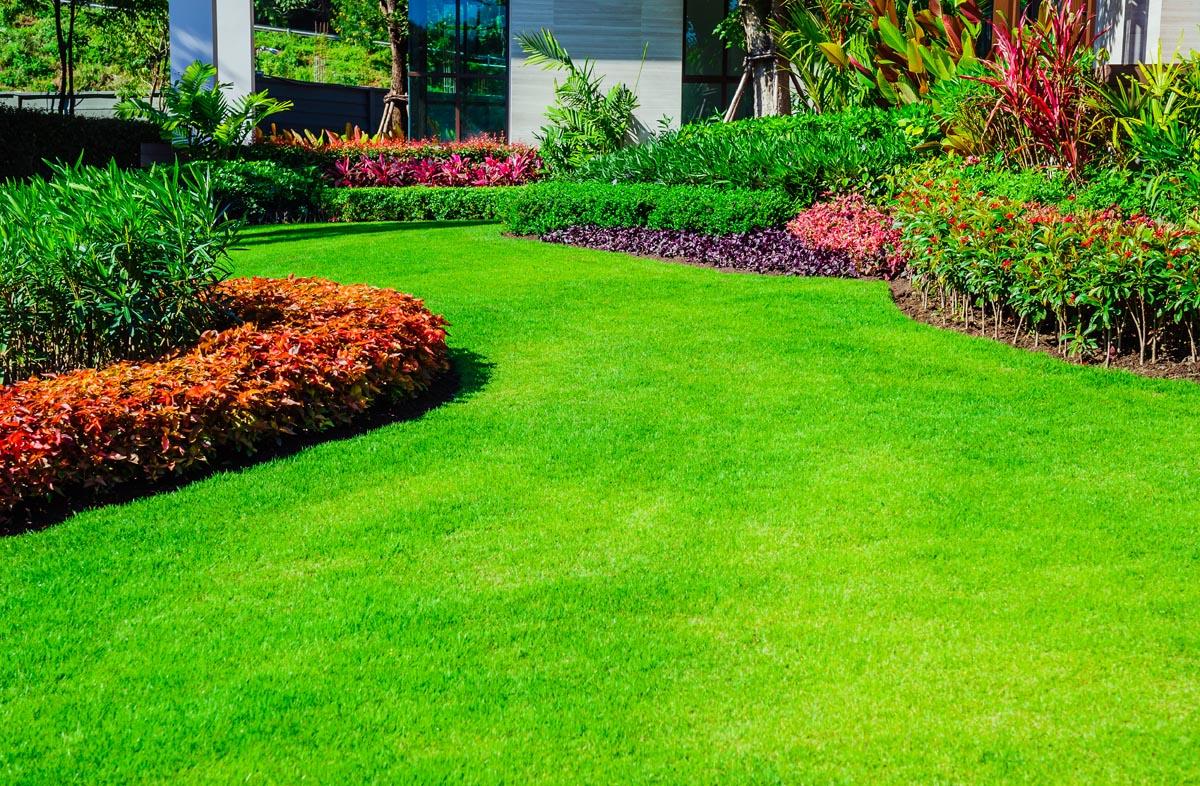
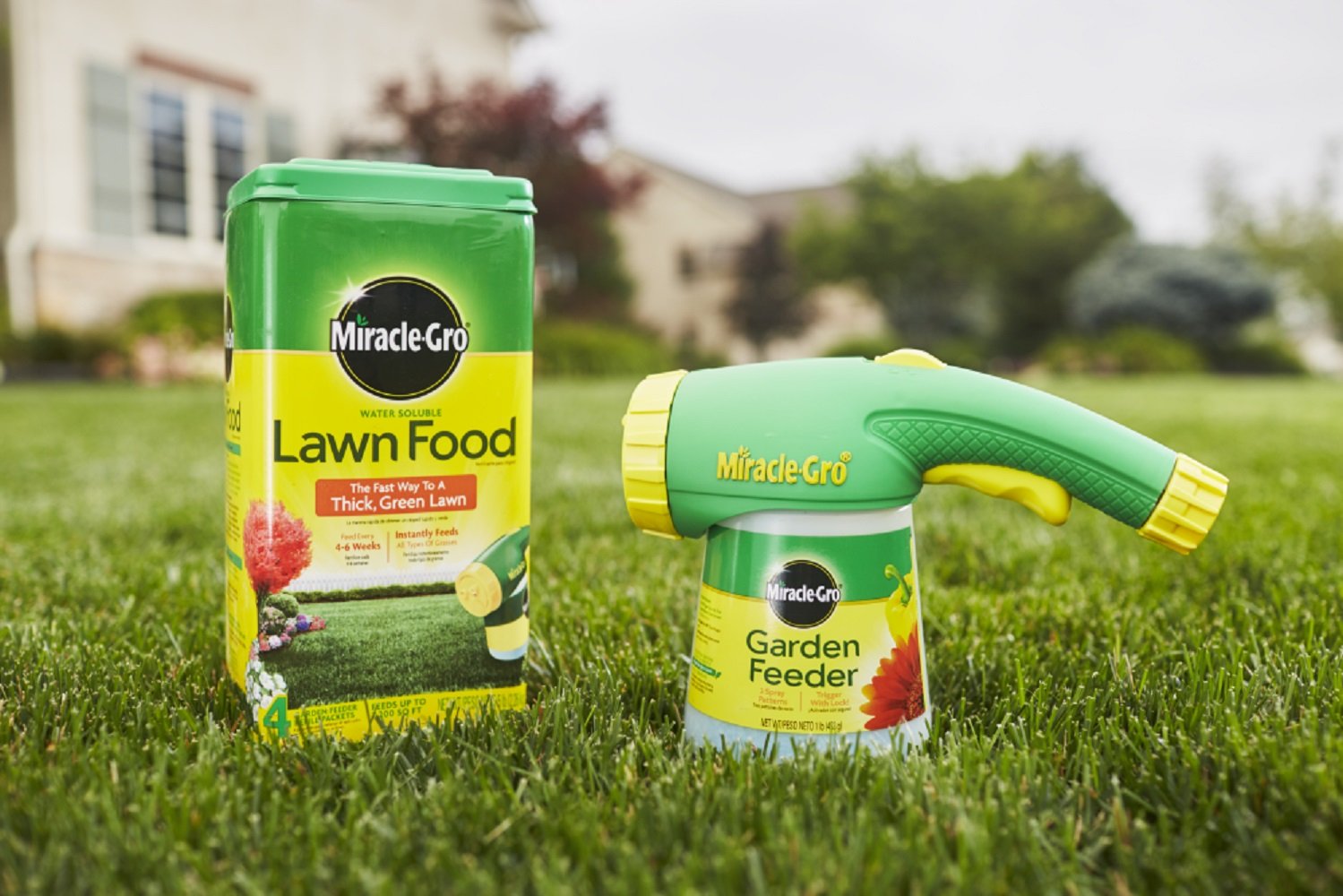
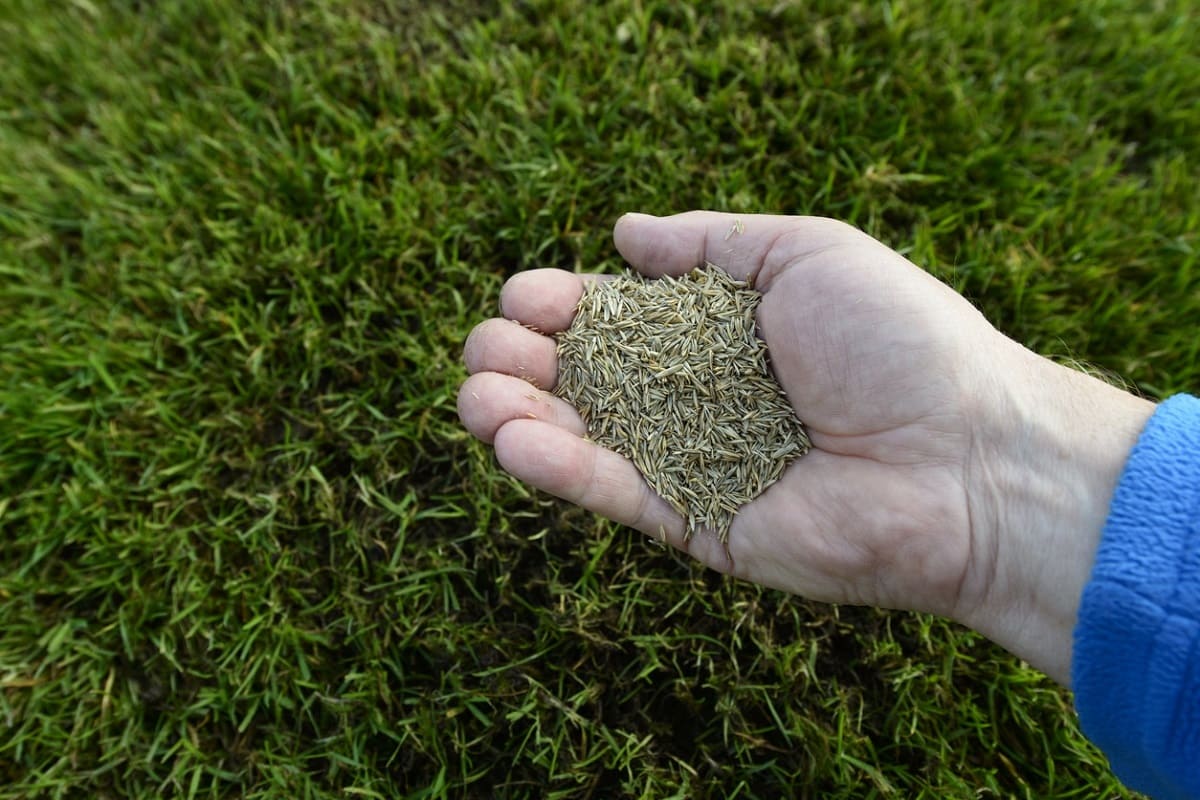
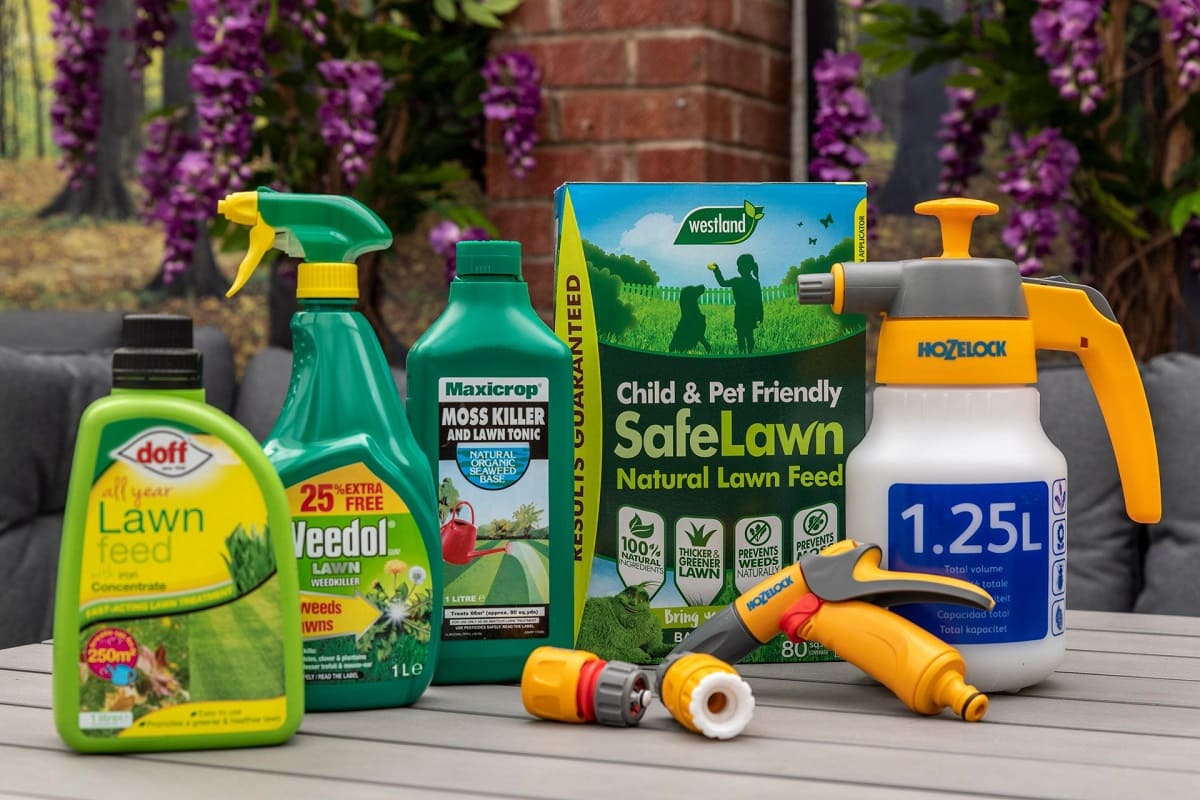
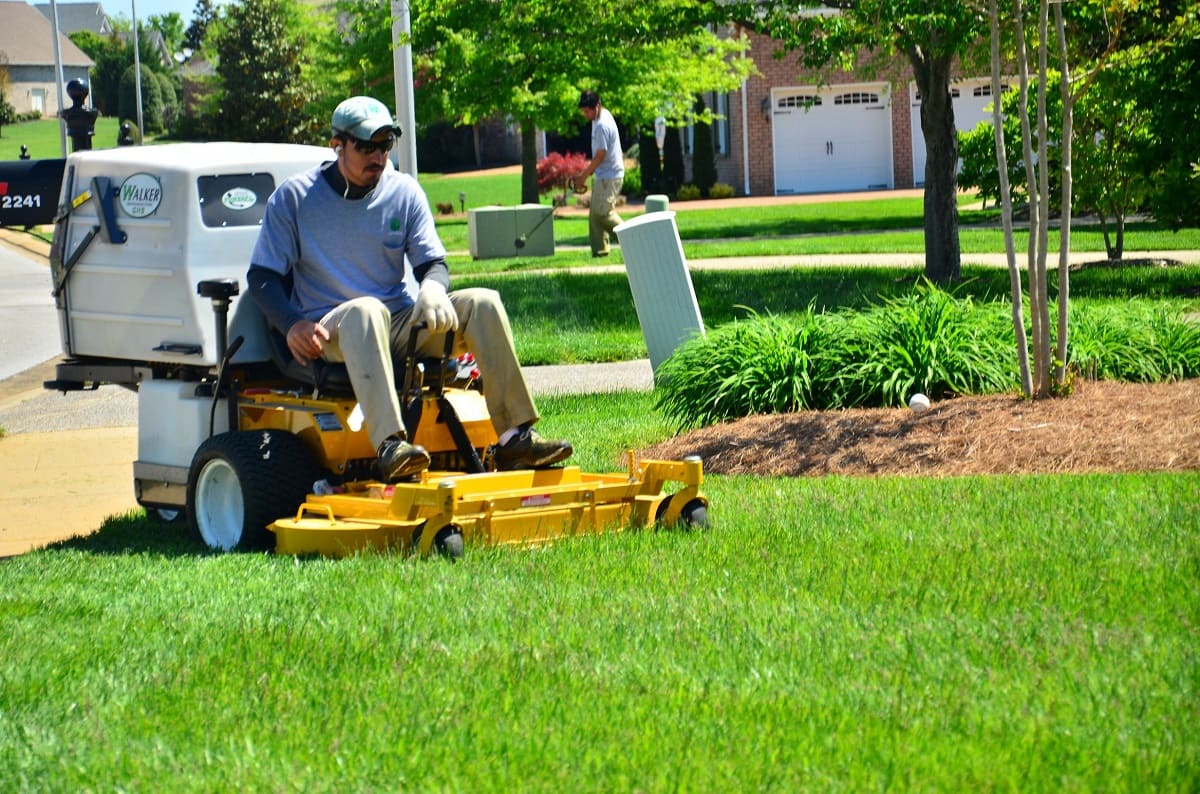
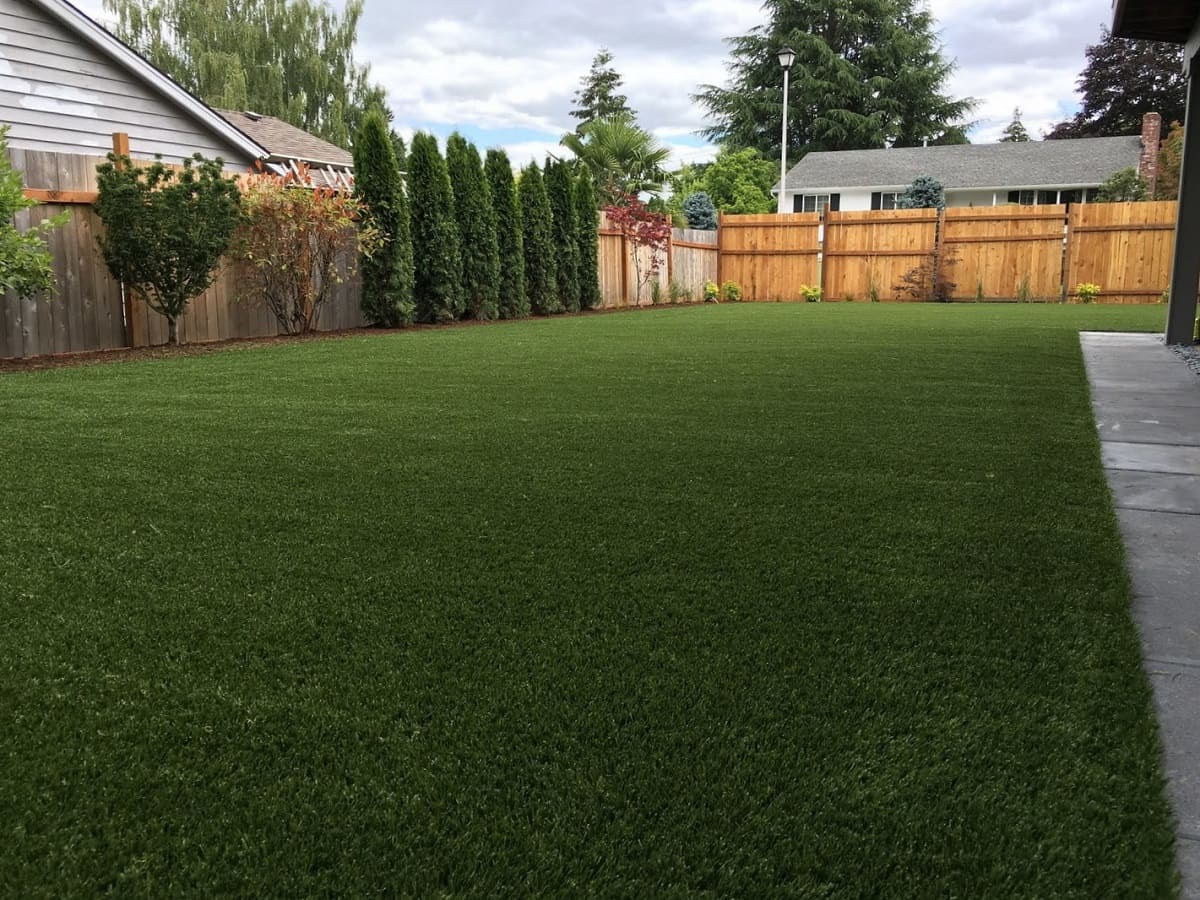
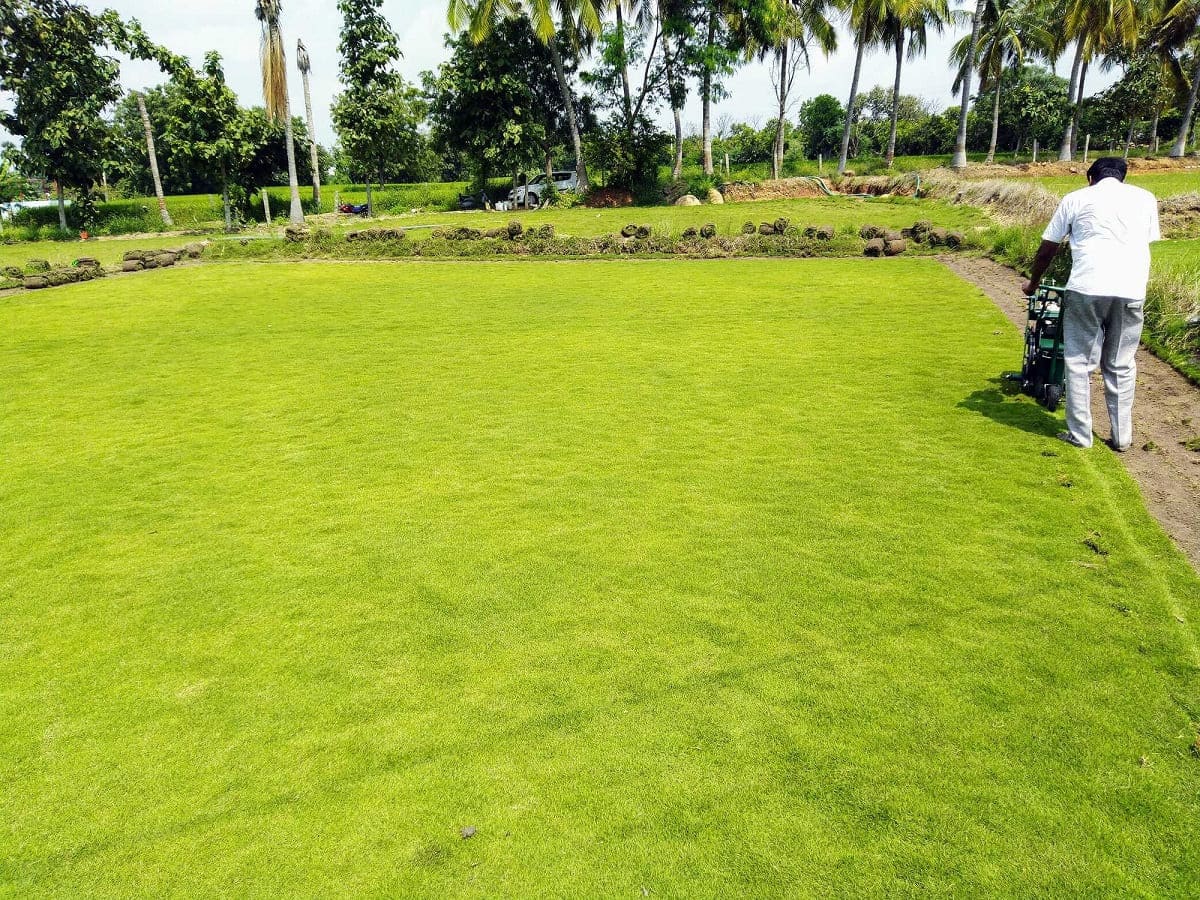
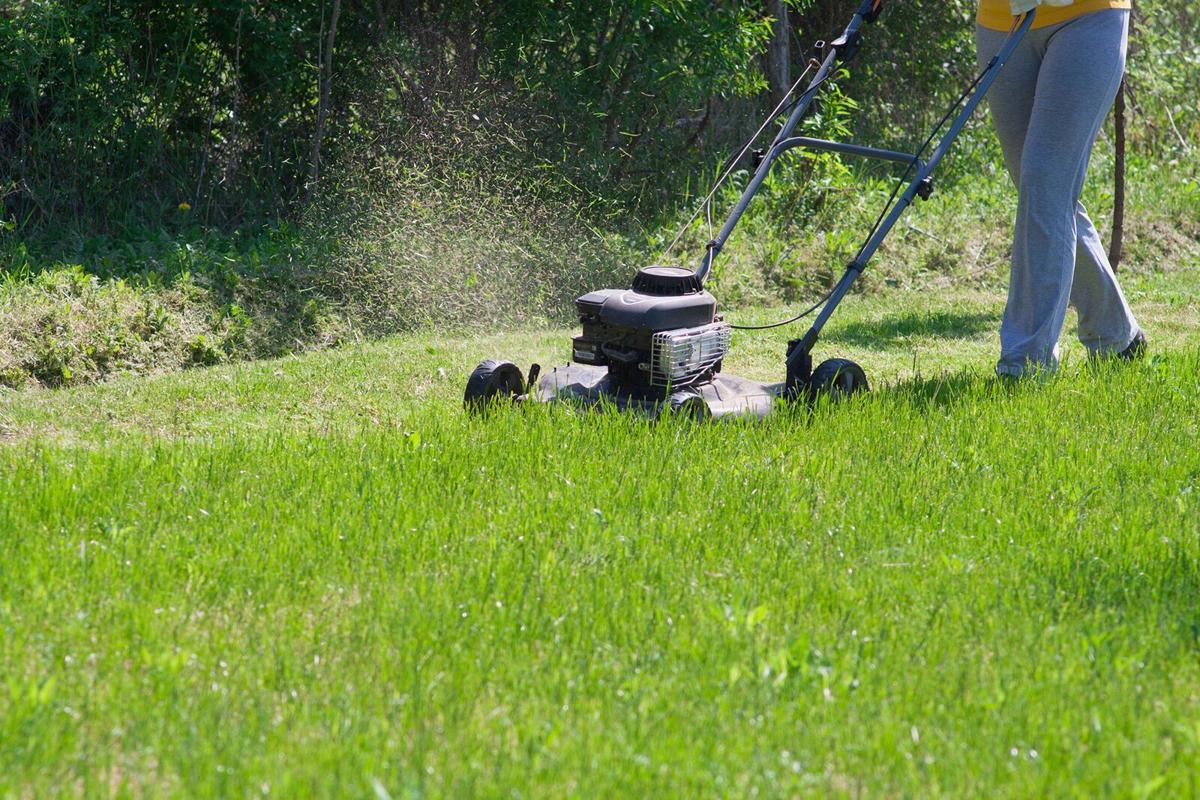
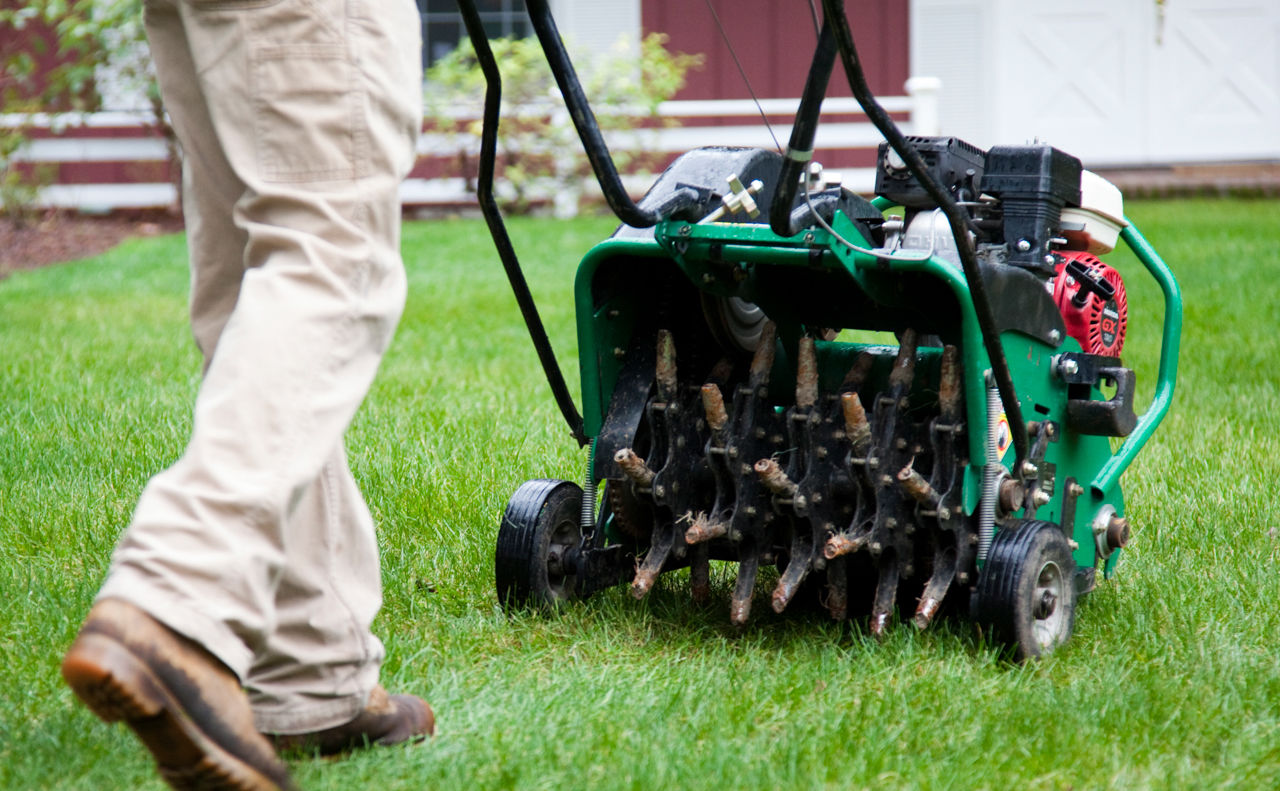
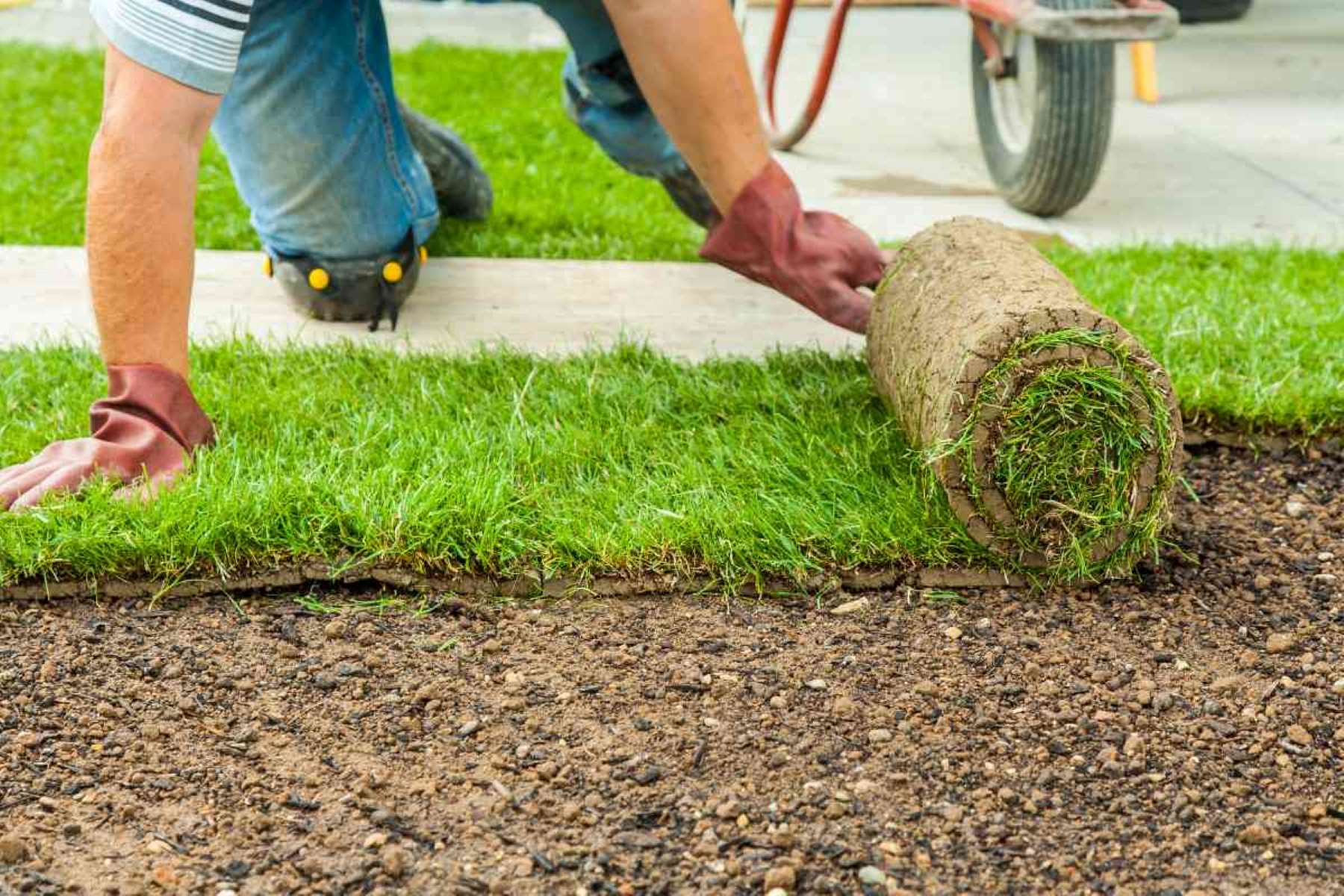
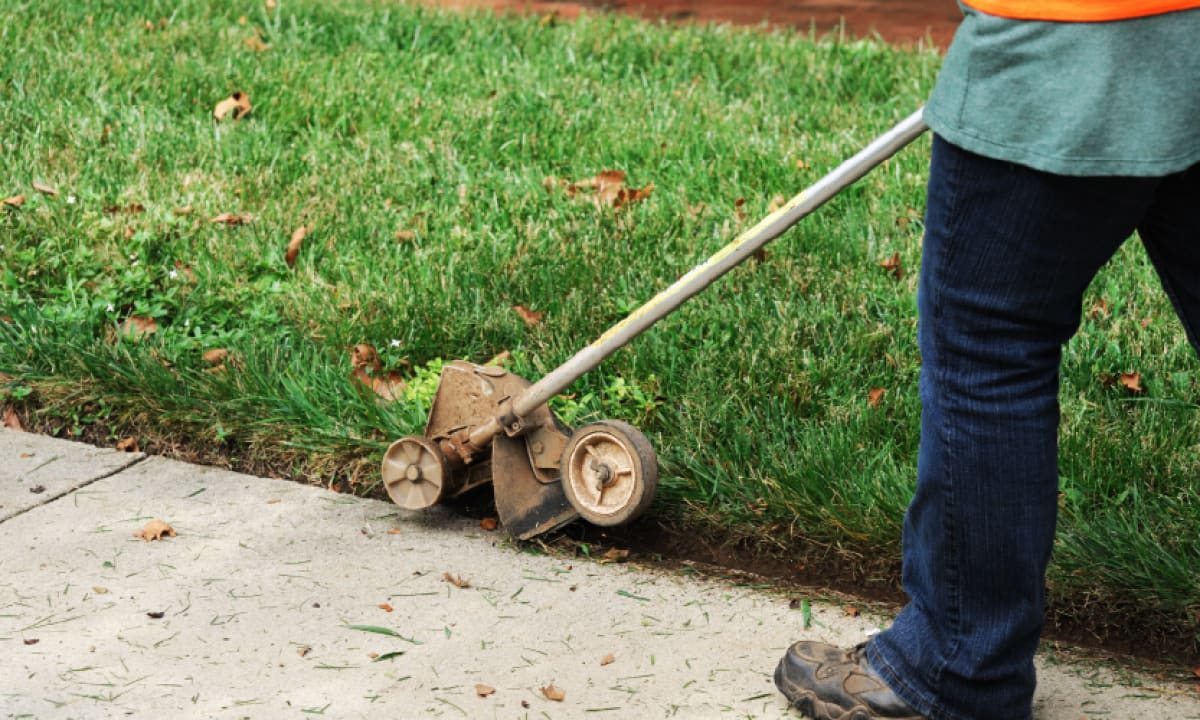
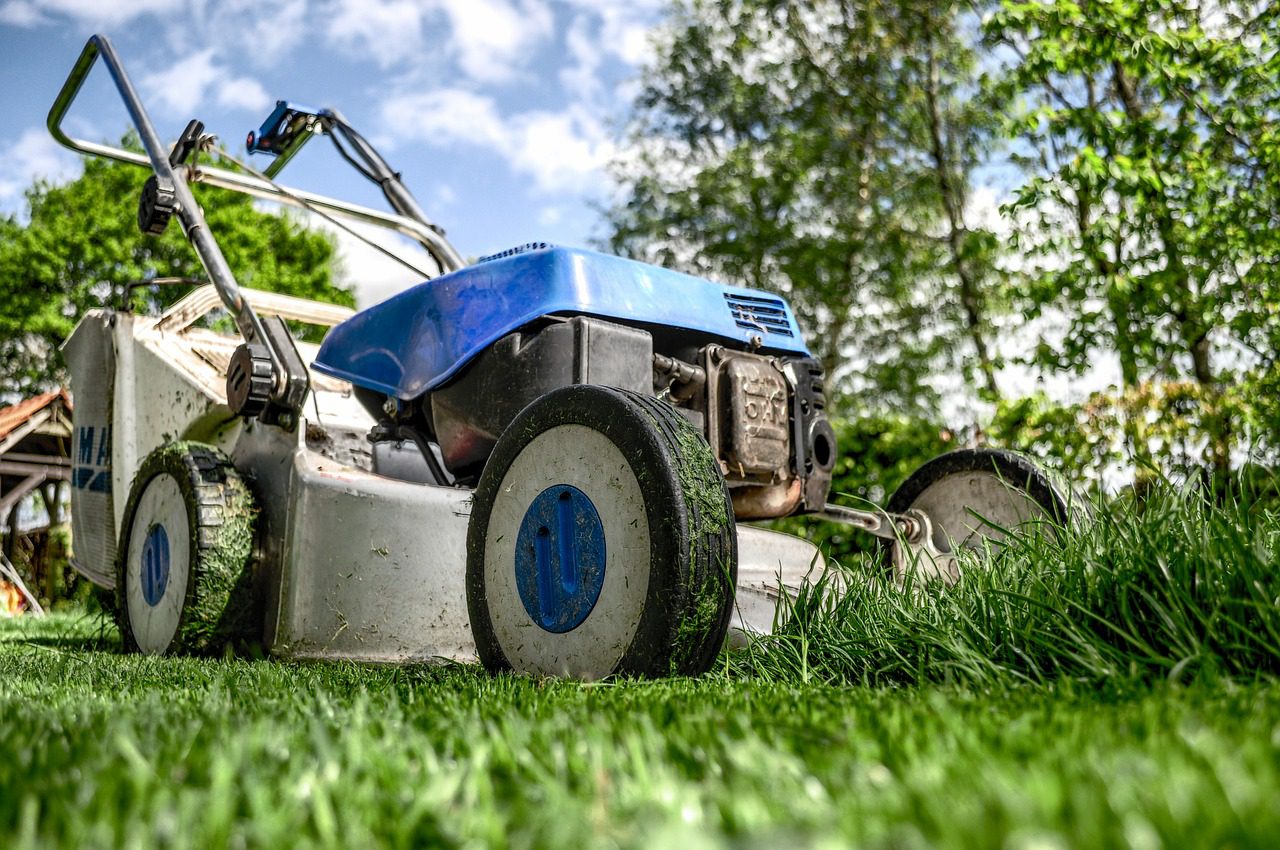
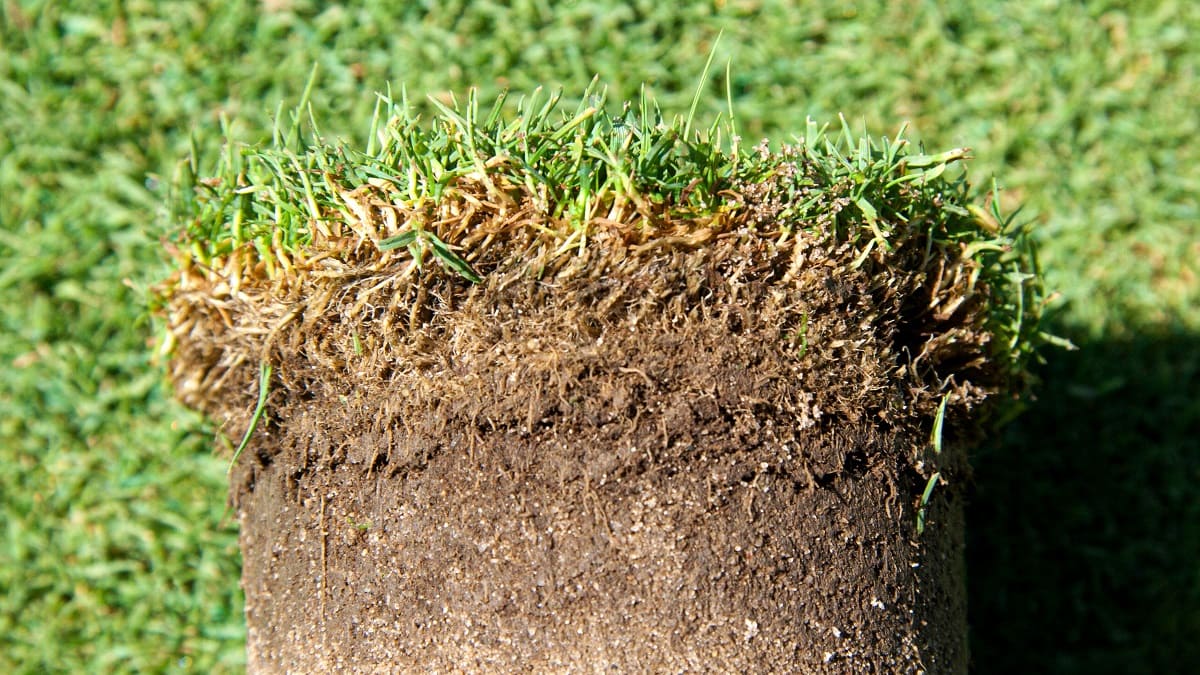
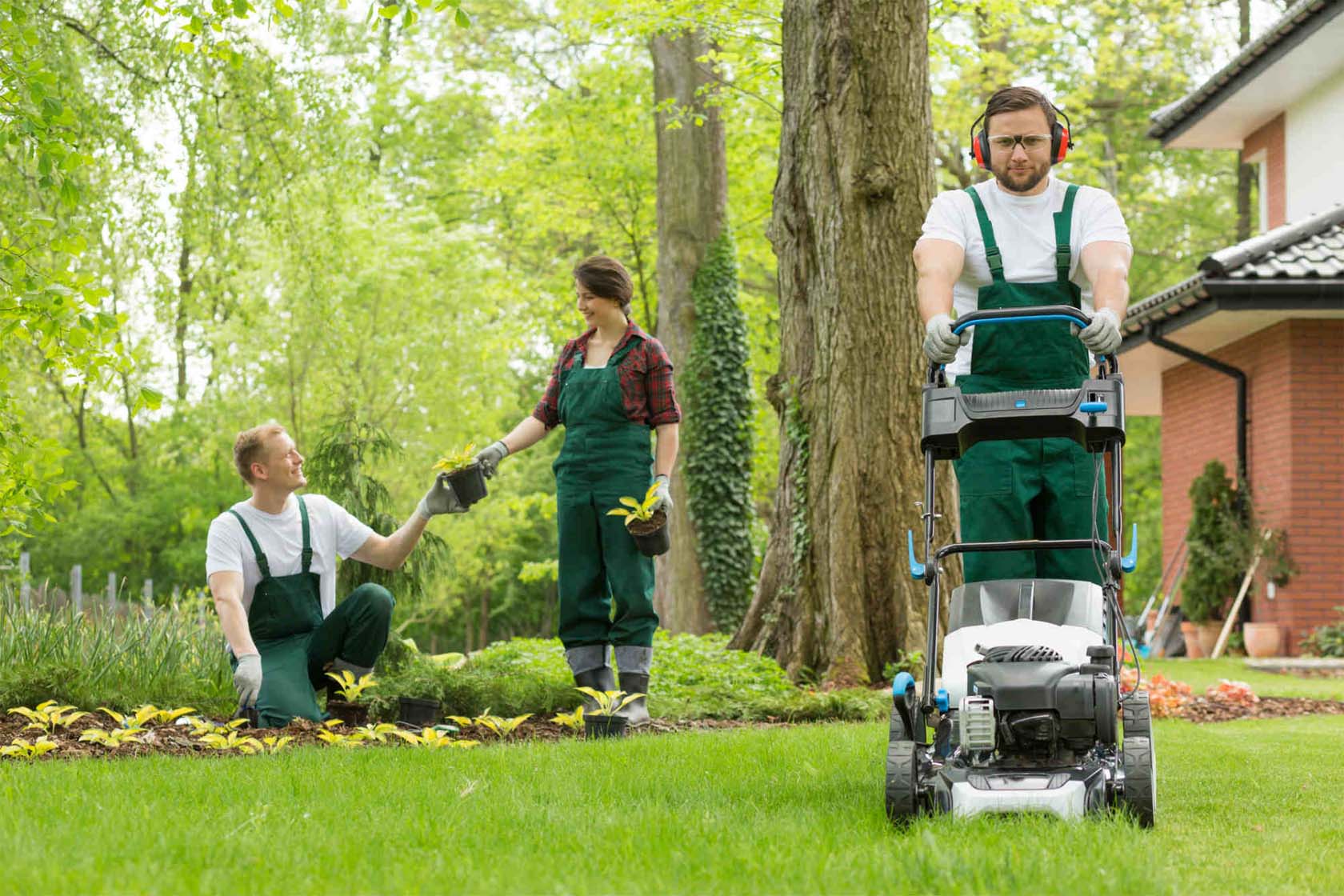
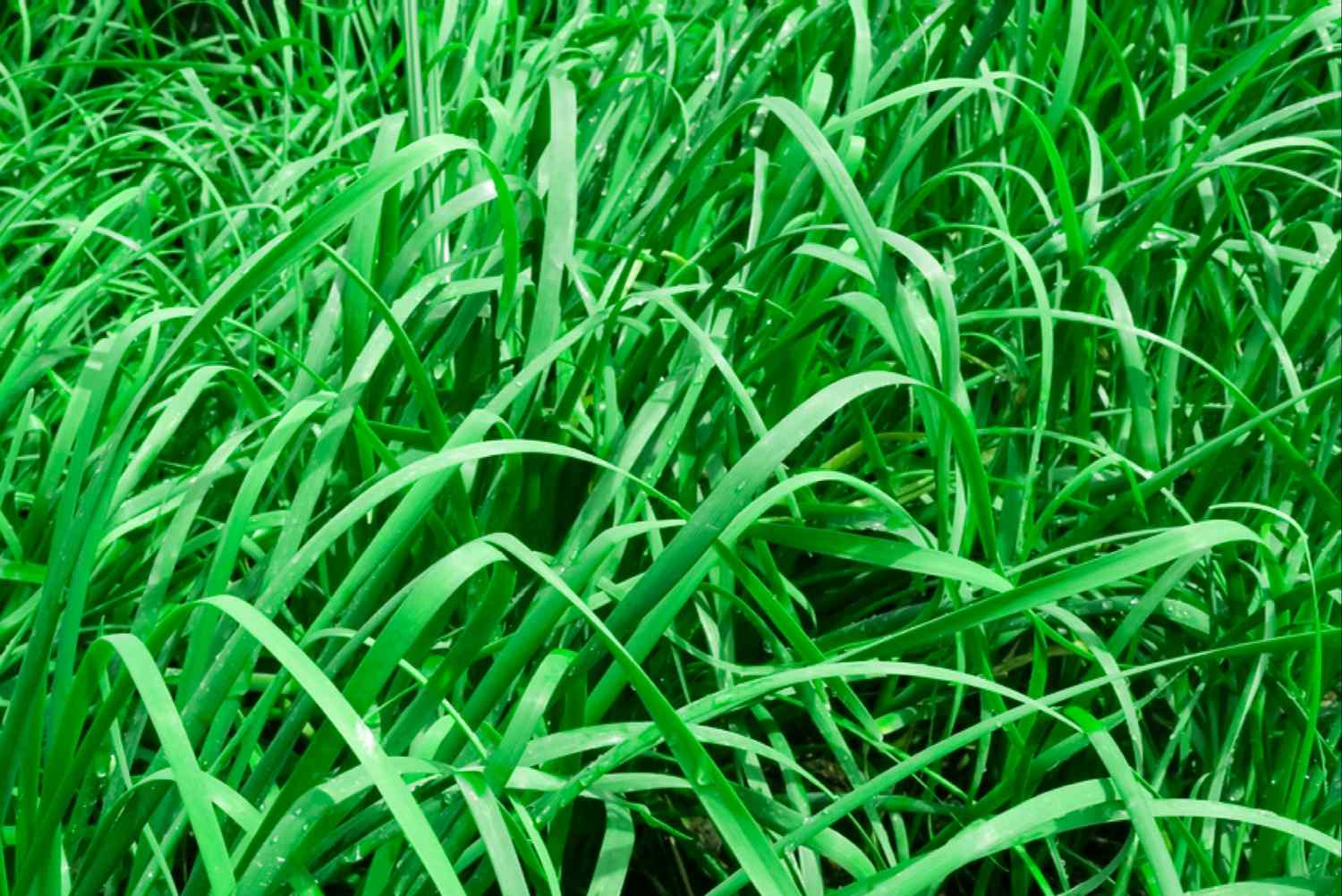

0 thoughts on “What Is The Best Grass For Lawns”